EARTH – The new chapter of the Natural History Museum of Maputo
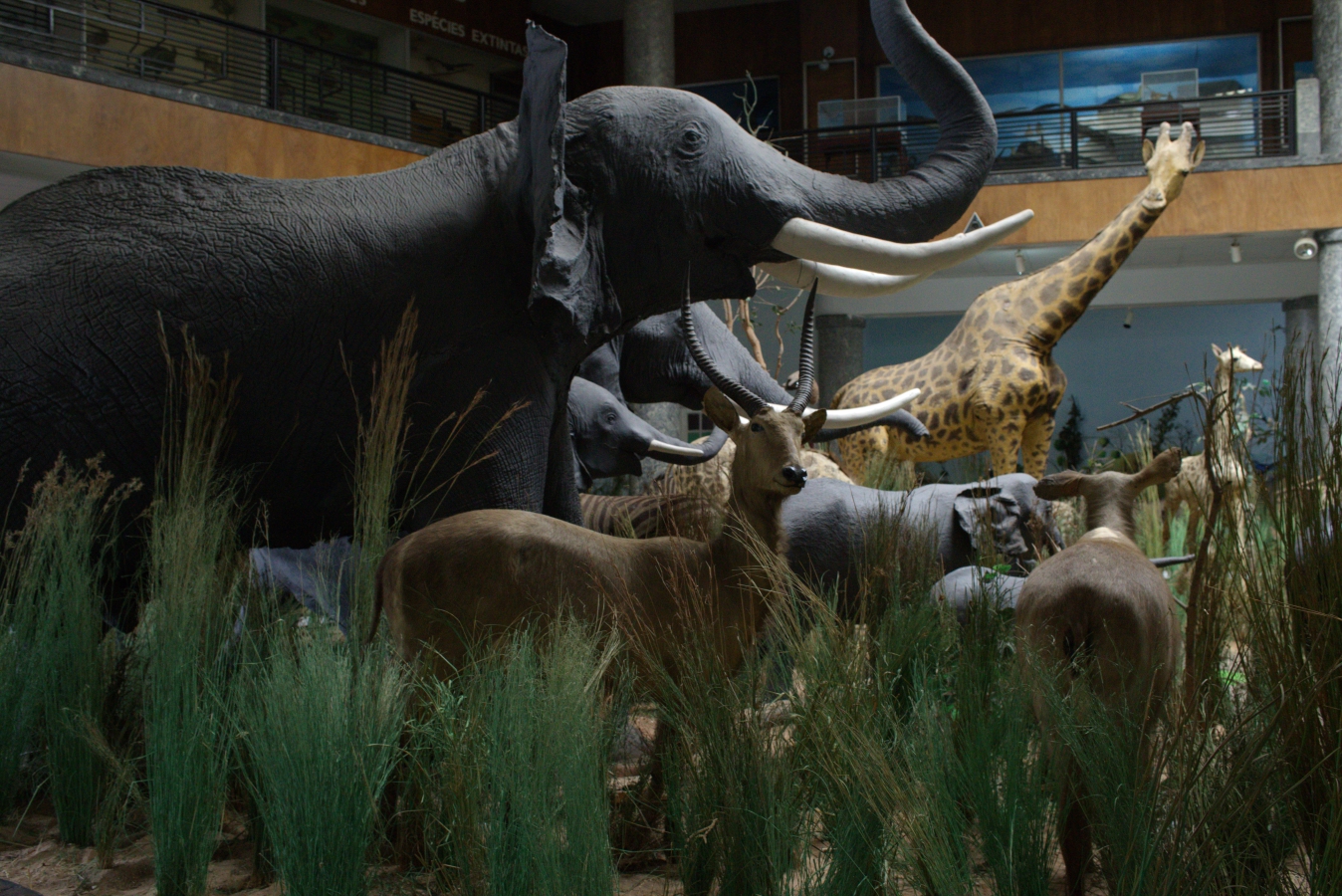
We invite you to visit the Natural History Museum of Maputo because soon, this icon of the Mozambican capital will close its doors for rehabilitation works. The Museum will have a new look! But rest assured: the building’s neo-Manueline façade, which dates back to 1911, will be preserved, while the interior will become safer and, above all, more modern and functional.
The collections of the Natural History Museum represent a view of the country’s past and present biodiversity, including extinct and endangered species, such as the beautiful coelacanth found in 1991 in the mysterious waters of the Mozambique Channel, which was believed to have been extinct for 400 million years and is therefore considered a living fossil.
Among its collections, the zoological collection is of undoubted value, with a large number of taxidermied animals displayed in dioramas, including mammals, birds, and reptiles, as well as a wide variety of Mozambican invertebrate species represented by corals, bivalves, and insects.
The taxidermied animals need to be restored; some natural environments in which they live need to be enriched with more realistic reconstructions and scientific and more inclusive exhibition routes with a clear objective: to raise public awareness about the importance of biodiversity and its protection, drawing attention to the risk of extinction of species in the wild and to the main threats to their survival.
A Museum also serves this purpose: to show the powerful effect of a seductive and tragic beauty to sensitize us to the effects of climate change.
Before closing its doors (scheduled for July 2023), the Maputo Natural History Museum invited us to a photographic exhibition, “Africa Blues. Mozambique in 2100: projections of the climate crisis on the faces of those who live it every day,” as part of the #ClimateOfChange campaign, a project by non-governmental organization WeWorld, funded by the European Union under the DEAR program. Launched at the end of April, the photographic exhibition will be on display at the Museum throughout May and will then become itinerant, stopping at several cities in the country.
Captured by Giulia Piermartiri and Edoardo Delille, these are impactful photographs of present and future scenes of everyday life in Mozambique, created using an innovative technique capable of immersing the visitor in a possible future. In a dystopian game composed of juxtapositions, it is possible to observe scenes of everyday life mixed with slides showing the same places drastically altered by the climate crisis. A Museum also serves this purpose: to show the powerful effect of a seductive and tragic beauty to sensitize us to the effects of climate change.
The exhibition had its premiere in March in Rome, at the Botanical Garden of “La Sapienza” University, which is a partner in the Museum’s rehabilitation project – as well as the Inhaca Marine Biological Station – and the creation of the first Biodiversity Conservation Centre in Mozambique, which will be the core of training and knowledge dissemination for the national and international public, directly benefiting local conservation and biodiversity professionals.
The Maputo Natural History Museum has a historic collaboration with the Italian Cooperation, which has led to the installation of two genetic characterization laboratories and the preparation of new collections (and the restoration of old ones) and the rehabilitation of the taxidermy laboratory, actions carried out in partnership with other international university institutions.
The Natural History Museum also houses the Biodiversity Network of Mozambique (BioNoMo) control office, the first national database on biodiversity representing an important data aggregation tool and source of information for any initiative aimed at supporting scientific research and the elaboration of policies in the field of biodiversity conservation and ecosystem management in the country, as well as a model to be possibly replicated in other African countries.
Under our curious eyes, after many years, the Maputo Natural History Museum is about to write a new chapter in its history.
Edição 79 Maio/Junho| Download.
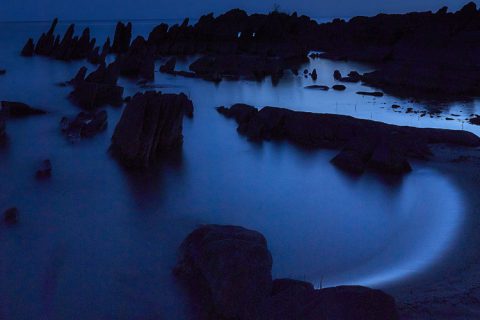
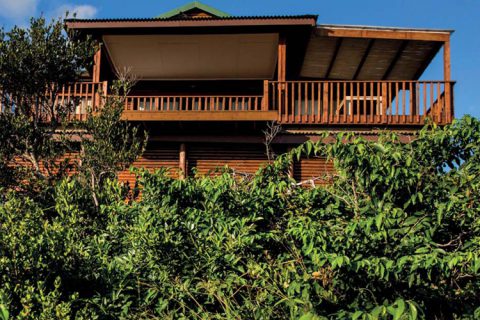





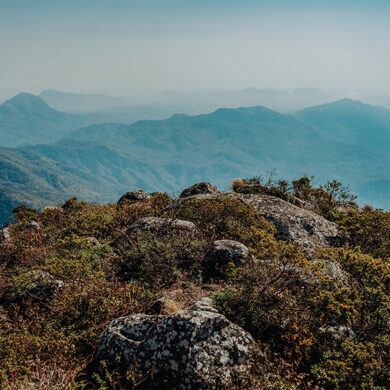
























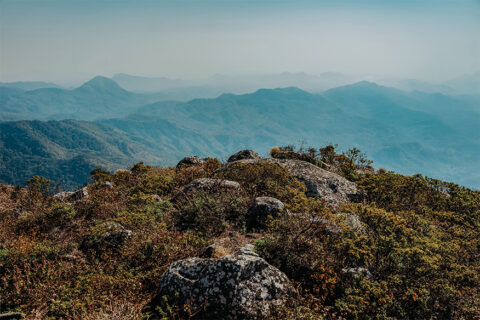


0 Comments